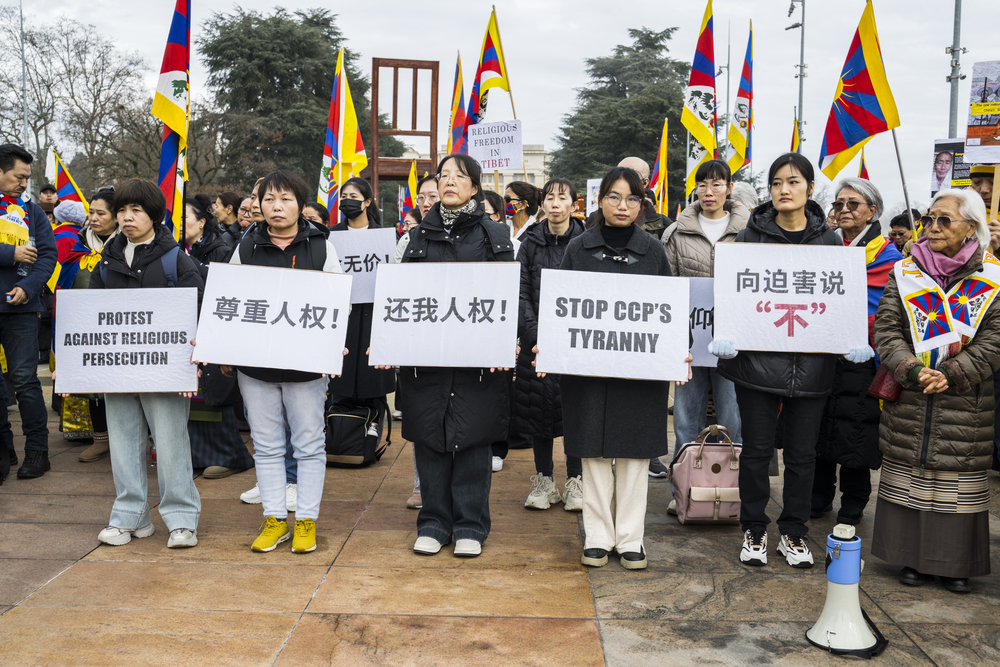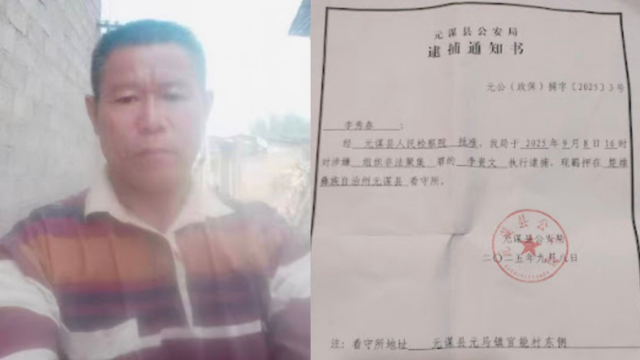According to an article published in the authoritative Interdisciplinary Journal of Research on Religion, The Church of Almighty God actually has a positive view of the family and members are often converted by their relatives.

The Interdisciplinary Journal of Research on Religion, published by the Institute for Studies on Religion of Baylor University, Waco, Texas, has published in its issue 14 (2018) an article on “Family Networks and the Growth of The Church of Almighty God,” whose author is Italian sociologist Massimo Introvigne, who also serves as editor-in-chief of Bitter Winter (to download the article, readers need to register with the Journal, but this is both free and user-friendly).
Introvigne discusses the reason for the phenomenal growth of The Church of Almighty God (CAG), a Chinese Christian new religious movement that, since its foundation in 1991, has grown to four million members according to Chinese governmental sources (figures may be exaggerated, but collecting statistics about persecuted groups in China is virtually impossible). The Italian scholar discusses theories advanced by sources hostile to the CAG that the growth is due to the use of “brainwashing” and other devious tactics, and observes that, for most new religious movements, growth has been explained through their use of family networks.
Hostile sources object that this should be impossible for the CAG, because the CAG is “against the family.” In the first part of the article, Introvigne reconstructs from primary sources CAG’s theology of the family, proving that the view of the family by the Church is actually positive. In the second part, the sociologist reports the result of a survey among CAG members in the US, South Korea, and the Philippines, 60% of whom were refugees from China. The survey led to the conclusion that most of those who joined the CAG in China were converted by members of their family, although obviously this was not the only way of converting. Most non-Chinese who joined the CAG in the three countries surveyed, on the other hand, were not converted by relatives, but heard about the CAG on the Internet or from missionaries. In both cases, those converted promptly tried to convert in turn their family members.
The article will be read with interest beyond academic circles. Inter alia, it will support the claim that, when refugees report that they were converted to CAG by family members, who also protected them against persecution, their accounts are believable and even typical of the situation prevailing in China.
Source: Interdisciplinary Journal of Research on Religion
Source: BITTER WINTER












